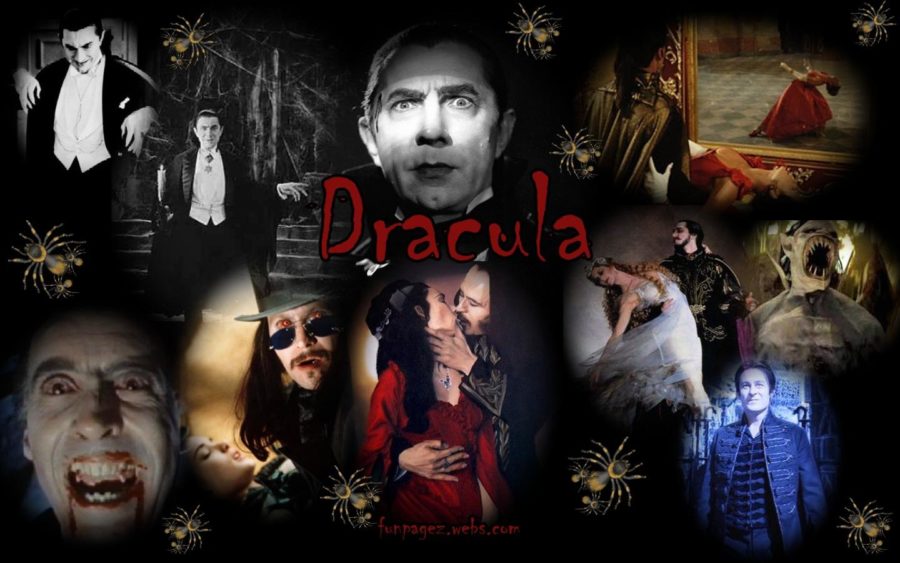Few characters are as universally known as Dracula. He’s appeared in over 200 films, more than any other character with the exception of Sherlock Holmes. Dracula has fought Batman in DC comics, and sired vampire hunter Blade in Marvel comics. Dracula has been many things, the man-eating monster of the original novels, the suave creature in the Universal Studio’s films and even an antihero. In the last 100 years, Dracula has grown from a character in a horror novel to one of the biggest cultural icons of today.
The original novel, written by Bram Stoker, was published in 1897. Popular belief is that Stoker based the character on vampire folklore and the life of Transylvanian warlord Vlad III Dracula, prince of Wallachia, also known as Vlad the Impaler, although scholars have been debating how much Stoker knew about Vlad for decades. Vlad impaled his enemies on a long spear and drank their blood. It is easy to see the appeal of a real blood drinker in a story about vampires.
The novel is presented as a series of journal entries, not dissimilar from modern “found footage” movies. The Dracula from the novel is very different from who normally picture. He is not an eternally young seducer weak against sunlight and stake to the heart. He is ugly with a pointed mustachioed face, long claw like fingers and hairy palms. In addition to his ability to transform into a bat, Dracula could turn into a rat, a wolf and a dog. Sunlight did not kill him, but it did limit his abilities. While he could be charming if he wanted, this Dracula never bothered with seduction, choosing to attack his victims while they slept.
Dracula made his film debut in an unofficial adaption, “Nosferatu” (1922). Unable to get the rights to the novel, director F. W. Murnau renamed Dracula as Count Orlok. This film is notable for creating the trope of making sunlight deadly against vampires, which has been used in most other adaptions.
In 1931, Universal Studios made an official adaption directed by Tod Browning with Bela Lugosi in the starring role. He created the now iconic image, a count with slicked back hair and a cape with a high collar. Lugosi’s performance makes this film, particularly his unique accent and his glare. This Dracula would go on to be in numerous crossovers with other monsters like the Wolf Man and Frankenstein and even performers Abbot and Costello.
In 1992, famed director Francis Ford Coppola released his own version titled “Bram Stoker’s Dracula.” Despite the name it isn’t very faithful to the book. The acting is all over the place with Gary Oldman chewing the scenery like it’s beef jerky while other actors sleep walk through their lines; Keanu Reeves looks particularly confused. It is truly an awful mess.
In 2014 “Dracula Untold” tells the story of how Dracula became a vampire starring Luke Evans as Dracula. Intended as an attempt by Universal to create a monster universe in a similar vein as the Marvel Movieverse, the film is more action than horror and paints the Count as a moody antihero who becomes a vampire to save his country from invaders. It’s not as bad as one would think, but it is bland.
As his legacy grows, it is clear that Dracula is here to stay. Forget Godzilla – Dracula is the true king of monsters.




